How To Check Drum Brakes
Items
Materials
- Cloths
Tools
- Phillips Head Screwdriver
- Vehicle Jack
- Car Stands
- Spanner Set
Steps
Remove The Drums
Some vehicles still have drum brakes or a combination of discs and drums. Passenger cars with this combination will have the drum brakes on the rear. Remove the brake drums, being careful when you touch the brakes as they may be hot and could burn.
Brake components will be hot if the vehicle has been driven recently
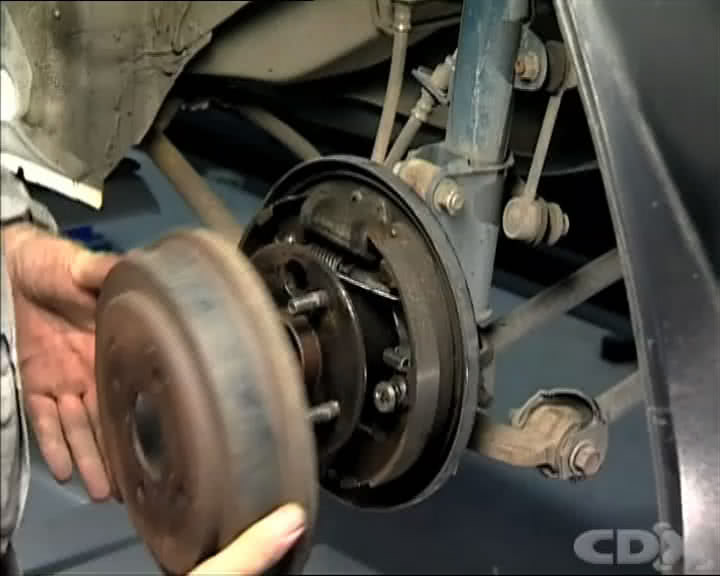
Check Wheel Cylinders And Linings
Inspect the external portion of the wheel cylinder.
If the backing plate is covered with a gooey substance you will need to determine if it is brake fluid or grease. Brake fluid will wash away with water so try washing it off. If it doesn’t wash off then it is probably grease from a faulty seal.
Carefully lever the dust seal back and inspect the inner portion of the cylinder for any signs of leakage.
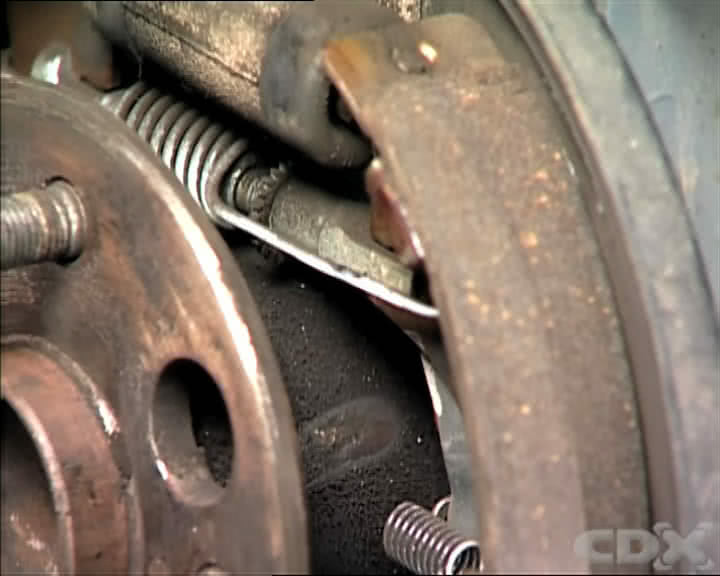
Check Brake Shoes
Check the thickness of brake shoe lining. You will need to consult the workshop manual for your vehicle to check the allowable minimum thickness. If the thickness is at the point of, or close, to the minimum thickness they should be replaced.
Also, if the brake shoe lining is covered in oil or grease they must be replaced. This could be the result of a leaking axle seal or wheel cylinder and should be checked out.
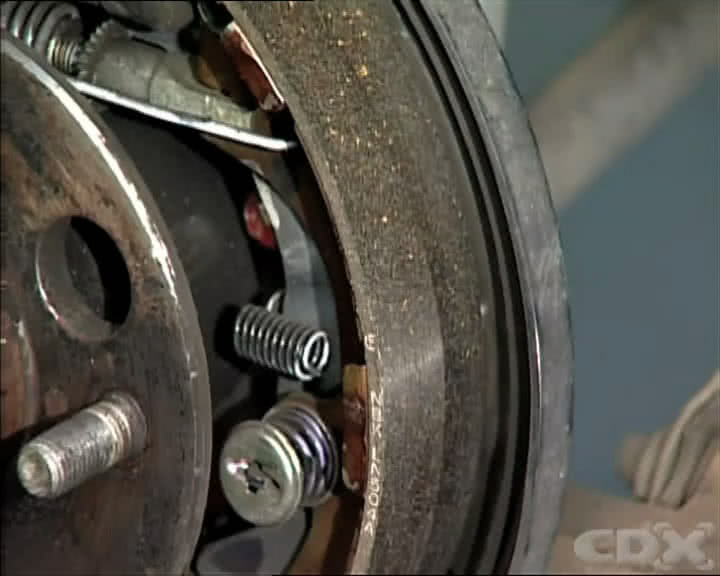
Check And Measure The Drum
Visually inspect the drum braking surface for scoring. Any large score marks mean the drum will have to be machined or replaced.
Measure the inside diameter of the brake drum at several points around the circumference and check the manual for the specifications for an out-of-round condition.
If the reading is outside the manufacturer’s specifications the drum will either need to be machined or replaced.
Reassemble the drum brake and repeat the procedure for the other drum brake assembly’s.
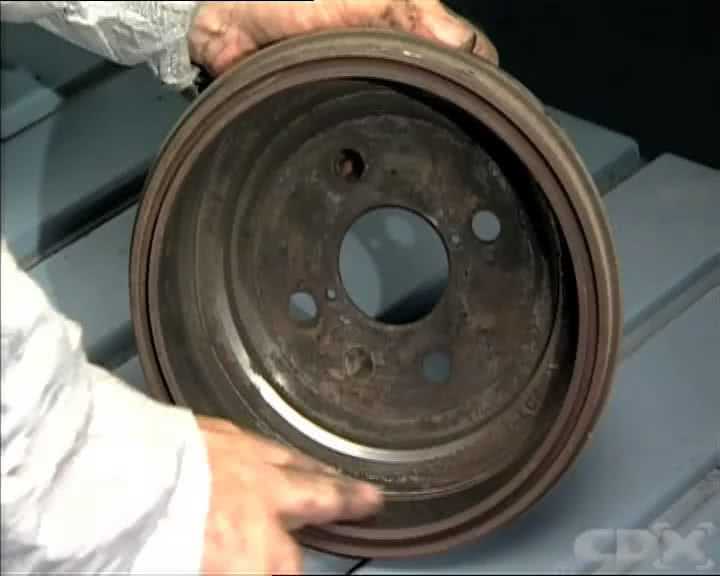
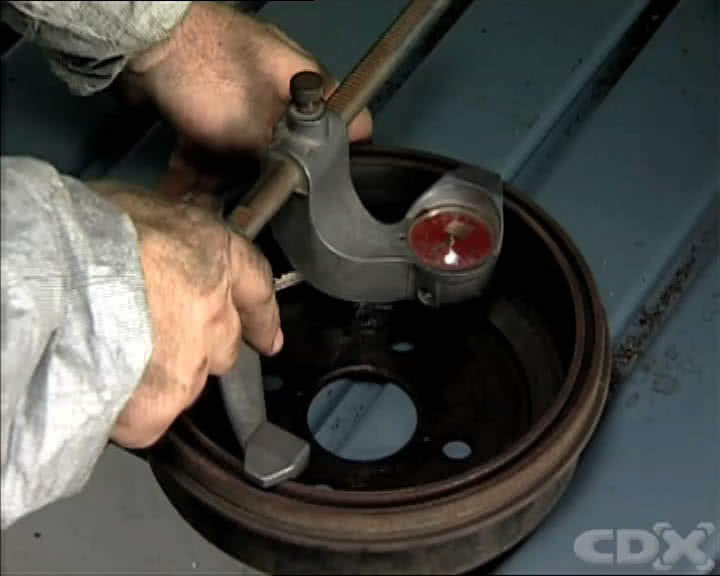
Tips
- Always work in a well-ventilated area
- Ensure you wear an protective paper mask
- Be very careful not to inhale dust from the brake drum
*Important information* - Click here to read more about our How-To terms and conditions.